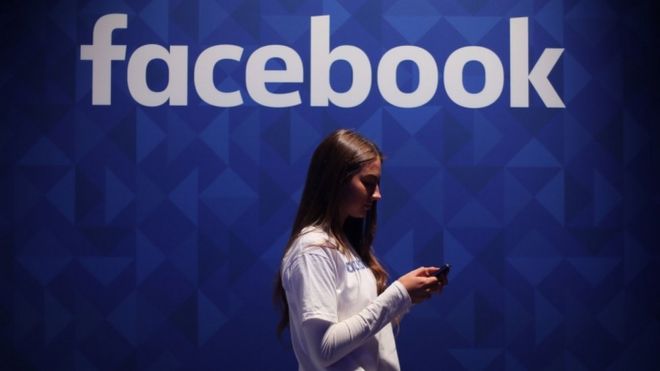Why is There a Shortage of So Many Prescription Drugs?

Most of us hate having to take prescription drugs or have any kind of medical procedure done, including surgery. The greatest reason is that we hate being cut open with the pain and discomfort that follows and the cost of both surgery and medications used during surgery plus just normal meds our doctors prescribe for us.
With or without insurance, the cost of drugs and any hospital procedure can be outrageous as is just treating various medical conditions.
My oldest daughter has a rare condition called McCune Albright Syndrome (MAS). It’s a non-hereditary genetic mutation that occurs in early embryonic development. MAS causes vision loss, fibrous dysplasia and multiple tumors (benign and cancerous), as well as a host of other issues. One of the tumors she has caused Cushing’s disease which can be fatal if not treated as it can affect the kidneys, liver and other organs. Even with insurance from her husband’s job, she has racked up thousands of dollars in medical bills that were not covered or just to meet the deductible. One of the issues with her is the different medications, some of which are expensive, but what do you do?
Over the past couple of years, we’ve heard a lot about the cost of many medicines such as EpiPens used to treat a severe allergic reaction. If you recall a year or so ago, the company who made them raised the price to over $600 for an EpiPen, which is a one-time treatment that has an expiration date if not used in a specific time period.
Some of the reasons some medications are so expensive is due to the extensive research, development, testing and getting FDA approval. This is why so many drugs developed for more uncommon conditions tend to be more expensive, because the drugs companies are trying to recoup their investment, along with wanting to make a profit.
President Donald Trump has offered a blueprint to help lower the soaring prices of drugs. Part of that blueprint involved lifting a gag order that punished pharmacists for telling patients how they could save money on their prescriptions.
Trump’s blueprint is a start, but it is overlooking one aspect that has been increasing the price of many drugs and hospital supplies commonly used, as revealed in this report:
“Massive shortages of vital medicines used in hospitals and other health care facilities have become routine throughout the U.S., jeopardizing patient health, comfort and safety and, ultimately, adding to already high health care costs.”
“At last count, more than 200 drugs were on the shortage list compiled by the University of Utah’s Drug Information Service. The most significant shortages hit generic injectable medications such as epinephrine (adrenaline), morphine and bupivacaine, a common anesthetic used in childbirth. All these have been staples in hospitals for years, even decades.”
“Basics such as sterile water, IV bags and saline are also in short supply. In fact, shortages have prevented 71 percent of practitioners from providing recommended drugs, according to a recent survey from the Institute for Safe Medication Practices.”
Part of the shortage is related to the national opioid epidemic which has caused government restrictions on the raw products used to make many painkillers as well as issues during production. These shortages are especially being felt by cancer hospice facilities, hospitals and emergency rooms.
In addition, some raw pharmaceutical products were grown in places like Puerto Rico, but those industries were devastated by Hurricane Maria. Many of the IV saline bags used come from Puerto Rico. It’s reported that Hurricane Maria’s extensive damage to Puerto Rico has resulted in the shortage of at least 90 medical products and medicines that are produced on or from the US territory.
Other reasons for shortages in many drugs and materials can be linked to tighter controls and regulations that lead to production issues – i.e. quality issues. These include contamination by particles, bacteria, metal shavings from equipment and glass particles that can ruin entire batches of a medication.
The bottom line is that if you need to go to the hospital for any reason, you may find out just how much of a problem this shortage is. What can the government do to help reduce the shortage? Other than helping to rebuild Puerto Rico’s industry, I don’t see what else can be done. How can the government help companies with their quality issues?
So, now you know part of the reasons for the high costs and shortages.








Recent Comments